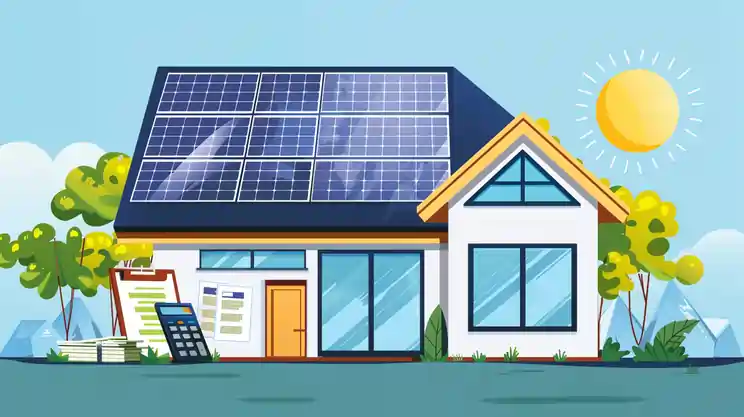Switching to solar energy is a significant investment that can yield substantial long-term savings and environmental benefits. However, financing solar panel installation can be a major concern for many homeowners. Here are the common options for financing solar panel installation and tips on how to choose the best one for your needs.
Common Options for Financing Solar Panel Installation
1. Cash Purchase
Paying upfront with cash is often the most economical route in the long run. By avoiding interest charges, you can start realizing savings immediately. However, the high upfront cost can be prohibitive for many homeowners. A cash purchase ensures you own the system outright and can take advantage of any available tax credits and incentives.
2. Solar Loans
Solar loans allow you to borrow the cost of the system and pay it back over a fixed term, typically 10-25 years, with interest. The key benefits of solar loans include:
- Immediate Ownership: You own the system from day one.
- Fixed Monthly Payments: Easier budgeting with predictable payments.
- Lower Interest Rates: Often lower than other financing options.
- Eligibility for Tax Credits and Incentives: As the owner, you can claim available incentives.
3. Solar Leases
With a solar lease, you pay a fixed monthly “rent” to a third-party owner for using their solar system installed on your roof. Benefits include little to no upfront costs and the third party handling maintenance. However, you do not own the system and cannot claim tax credits or incentives.
4. Power Purchase Agreements (PPAs)
PPAs are similar to leases but instead of paying rent, you purchase the electricity generated by the third-party owned solar system at a set rate, usually lower than utility rates. Again, there is no ownership, and you are ineligible for tax credits or incentives.
5. PACE (Property Assessed Clean Energy) Financing
The PACE model allows you to finance the solar installation through an assessment on your property taxes, repaid over 10-20 years. PACE loans are tied to the property, not the owner, meaning they stay with the property upon sale. This can be a convenient option if you plan to sell your home before the loan is fully repaid.
Government Incentives and Rebates
One of the significant advantages of owning your solar system is the eligibility for government incentives. In the United States, the federal government offers a 30% solar tax credit through 2032, allowing homeowners to deduct a significant portion of the installation cost from their federal taxes. Additionally, many states and local governments offer rebates, tax credits, or exemptions to encourage solar adoption.
Choosing the Best Option for Financing Solar Panel Installation
When determining the best option for financing solar panel installation, consider the following factors:
- Upfront Costs: Assess how much you can afford to pay upfront.
- Long-Term Savings: Calculate potential savings over the system’s lifetime.
- Tax Situation: Determine your eligibility for tax credits and incentives.
- Loan Qualification: Evaluate your ability to qualify for loans based on credit score and financial health.
Potential Drawbacks of Financing Solar Panel Installation
Each financing option comes with potential drawbacks:
- High Interest on Loans: Some loans may have higher interest rates, increasing overall costs.
- No Incentives with Leases/PPAs: You cannot claim tax credits or incentives if you do not own the system.
- Long Repayment Periods: Long-term financing can offset initial savings.
Careful analysis and consideration of your financial situation and long-term goals are essential to choosing the most cost-effective option.
Conclusion
Financing solar panel installation can be challenging, but with various options available, you can find a solution that fits your budget and financial goals. Whether you choose to pay upfront, take a loan, lease, enter into a PPA, or use PACE financing, each option has its benefits and potential drawbacks. By understanding these options and considering your unique situation, you can make an informed decision that paves the way for a sustainable and cost-effective solar energy future.
